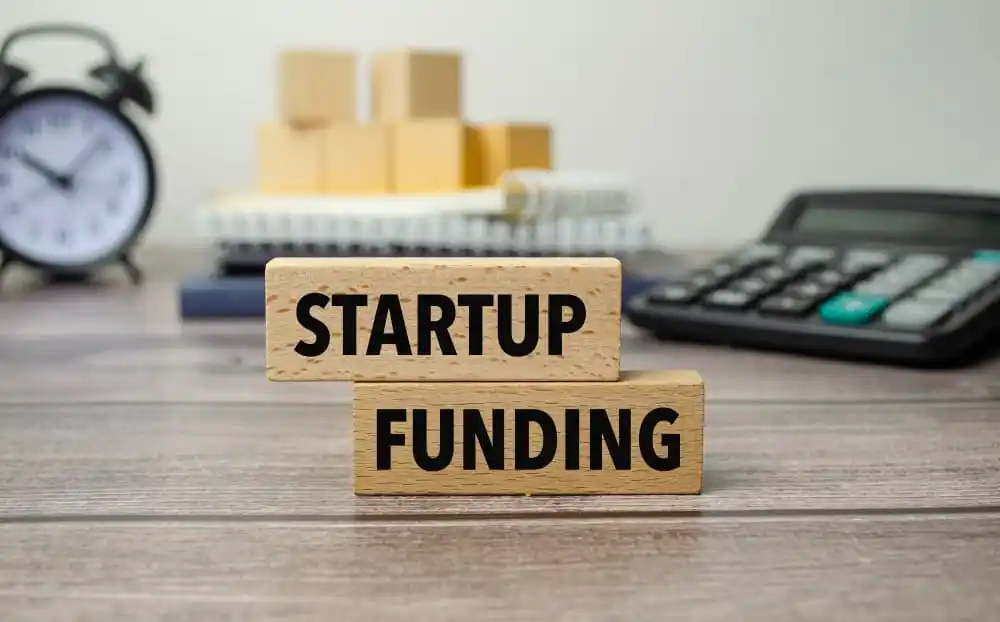“A vision without funding is merely a dream. But with the right capital, dreams become scalable realities.” – Anonymous
What Funding Options Do Early-Stage Startups Have?: For early-stage startups, securing funding is one of the most crucial and often challenging—parts of building a successful business. The right funding not only fuels product development and hiring but also enables market expansion and scalability.
Here are the most common and effective funding options available for startups in 2025:
1. Bootstrapping (Self-Funding)
Also known as bootstrapping, this involves using your own savings or revenue to fund operations. It allows founders to retain 100% ownership and avoid external pressures. According to Choco-Up, it works best when initial costs are low and founders can generate early revenue.

2. Friends & Family
This informal funding source is often the first external support a startup receives. While it involves trust, it’s critical to document the terms to prevent conflicts later.
3. Angel Investors
Angel investors are high-net-worth individuals who fund early-stage startups in exchange for equity. They often bring valuable mentoring and networking to the table. Platforms like Eximius VC connect startups with pre-seed and seed investors in India.
4. Venture Capital (VC)
VC firms typically come in during the growth stage, but some also support early-stage startups. The trade-off is higher equity dilution. MySA stresses the importance of weighing equity vs. control.
5. Incubators & Accelerators
These programs offer seed funding, mentorship, and infrastructure support in exchange for equity or participation. Volopay lists top programs in India that help refine product and pitch strategies.
6. Government Schemes & Grants
India’s government offers funding through schemes like Startup India, SIDBI, and MSME loans. These provide subsidized interest rates and sometimes grants—ideal for innovation-driven startups.
7. Revenue-Based Financing (RBF)
RBF lets startups raise capital by pledging a percentage of future revenue until the amount is repaid. It’s a non-dilutive option gaining popularity in India’s digital ecosystem.
8. Crowdfunding Platforms
Crowdfunding through platforms like Kickstarter or local alternatives allows startups to raise money in exchange for products, perks, or equity. This also validates demand early on.
For a detailed breakdown of Indian startup funding types, TaxRobo provides an excellent guide.
✅ PAA
What Is The Easiest Way To Fund A Startup?
Bootstrapping or borrowing from friends and family is often the easiest way to start, especially before approaching external investors.
When Should I Approach A Venture Capitalist?
Once you have a product-market fit and need funding for scale. VCs look for growth potential and a strong founding team.
Are Incubators Better Than Accelerators?
Incubators are long-term and focused on building from scratch, while accelerators are fast-paced and growth-oriented. Choose based on your startup stage.
Do I Have To Give Up Equity For All Funding?
No. Options like bootstrapping, RBF, and some grants don't require giving up equity.
Is Crowdfunding Effective For Indian Startups?
Yes, if your product appeals to a broad audience and you can market effectively, crowdfunding can raise funds and validate your idea.

